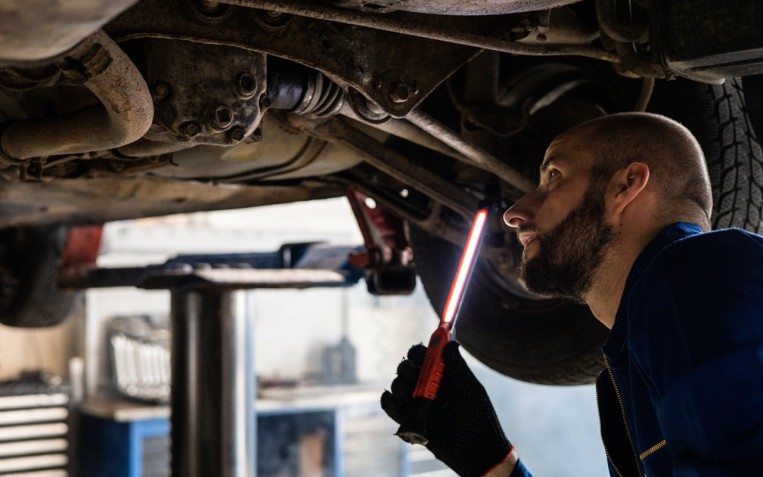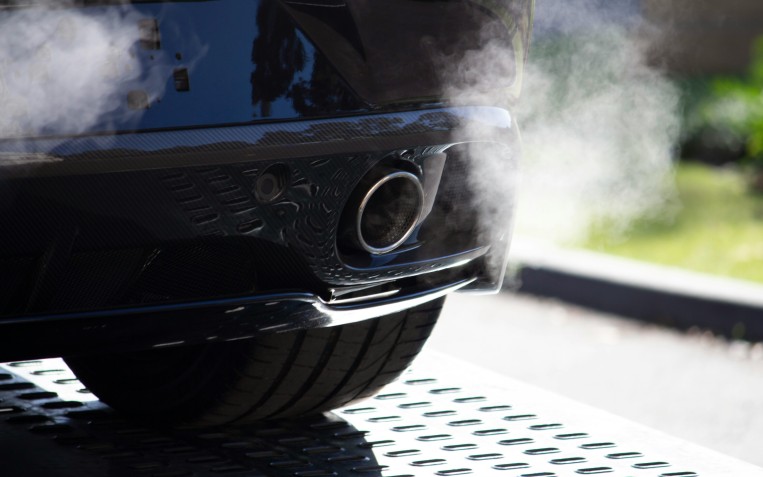Changes to the MOT Test

The MOT test is changing from May 2018. Make sure you are aware of the changes that are coming in to practise and how they will affect you!
The changes coming in to effect on 20th May 2018 will affect cars, vans, motorcycles and other light passenger vehicles.

New Defect Categories
The changes include new categorisations of defects which are classified as dangerous, major and minor. The category depends upon the type of problem your vehicle has and MOT testers will still provide advice on anything which needs to be repaired or monitored.
This is what the new categories mean:
Dangerous
If your vehicle is categorised as dangerous it means that there is a direct and immediate risk to road safety or that it has a serious impact on the environment. Not only will this cause your vehicle to fail the MOT test, but you will not be allowed to drive the vehicle until it has been repaired.
Major
The major categorisation also translates as a fail, however, you are still allowed to drive your vehicle. The fault will have been found to affect the safety of the vehicle or other road users or have an impact on the environment and must be repaired immediately.
Minor
If your vehicle is categorised with a minor then it will pass its MOT test but you should repair the fault as soon as possible. Minor faults are issues, however, they have no significant effect on safety or impact on the environment.
Advisory
As before, an advisory is a warning about a small fault which could develop in to something more serious. You will pass your MOT test with advisories although you will need to monitor and repair if necessary.
Pass
A pass indicates that your vehicle meets the minimum legal standard required by the MOT test.
The MOT certificate will change to list any defects under the new categories so they are easy to understand.
Emissions
The new MOT test changes also mean that there will be stricter limits imposed on diesel cars with a diesel particulate filter (DPF).
If you do have a DPF and it has been removed or tampered with, you must prove that this was done for a legitimate reason, such as cleaning. Otherwise, the MOT tester will refuse to test your vehicle.
In addition, your vehicle will be given a major fault if there is smoke of any colour coming from the exhaust.
Classic Cars
Currently only vehicles built before 1960 are exempt from requiring an MOT. The new rules mean that vehicles won’t need an MOT from the 40th anniversary of when they were registered, regarding that they have not been substantially changed.
Other Changes
There are also new items which will now be checked during the MOT test. These include:
- Tyre pressures
- Brake fluid will be inspected for contamination
- Fluid leaks which pose environmental risk
- Brake disc and pads as well as the brake warning light
- Reversing lights (on vehicles first used from 1 September 2009)
- Headlight washers (on vehicles first used from 2009 if they have them)
- Daytime running lights (on vehicles first used from March 2018)
For a full list of what gets inspected during the MOT test take a look at our helpful MOT Checklist.
Related Content

What is the difference between Class 4 and Class 7 MOTs?
A Class 4 MOT test is required for passenger vehicles that weigh less than 3,000 kilograms. Class 4 MOT tests, cover a wide range of vehicles, including: Cars (with up to eight passenger seats) Ambulances Taxis Mot...

Why do MOT tests include an exhaust emissions test
In 2023, 3.2% of all MOTs failed due to noise, emissions and leaks according to data from the DVLA. MOT tests include emissions tests to prevent a hig...

Do EVs need an MOT?
One of the benefits of making the switch to an electric vehicle is the many money saving incentives like not having to pay road tax, or for your car t...

